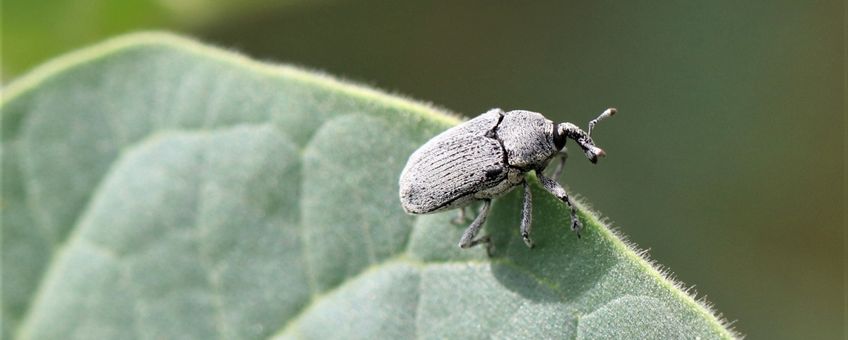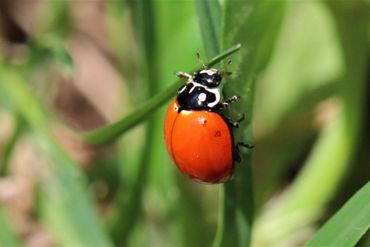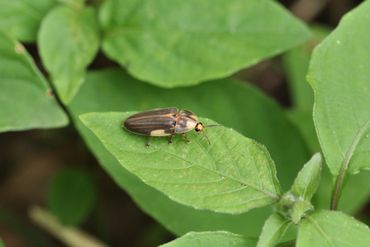
New beetles discovered in the Dutch Caribbean
Dutch Caribbean Nature Alliance (DCNA) Beetles represent some of the tiniest inhabitants of the Dutch Caribbean but play a critical role in the environment. They work as tiny decomposers and are vital in recycling nutrients from dead leaves and natural waste back into the ground. As predators, they can help keep insect populations in check, especially pests like caterpillars and aphids which can damage crops. Furthermore, with over 350,000 species worldwide, beetles represent a fifth of all living organisms in the world and nearly forty percent of the described insects.
Beetles represent some of the tiniest inhabitants of the Dutch Caribbean but play a critical role in the environment. They work as tiny decomposers and are vital in recycling nutrients from dead leaves and natural waste back into the ground. As predators, they can help keep insect populations in check, especially pests like caterpillars and aphids which can damage crops. Furthermore, with over 350,000 species worldwide, beetles represent a fifth of all living organisms in the world and nearly forty percent of the described insects.
Taxonomic impediment
Unfortunately, there is still a lot that researchers don’t know about the beetle populations of the northern Leeward Islands. Dubbed the “taxonomic impediment”, this is due to the gap between the local taxonomic knowledge and a shortage of trained taxonomists in the region. In fact, it is estimated that only about ten to twenty percent of the known beetle species of the islands have been correctly identified to date.
New records
 Two new studies worked to bridge this gap for the islands of Saba and Sint Eustatius. Between 2008 and 2020, three researchers visited Saba and recorded a total of twenty two different beetle species. Of these, fourteen were new to Saba or confirmed previously provisional records and four were new to the Dutch Antilles. With this new study, the total number of beetle species recorded on Saba is now around a hundred.
Two new studies worked to bridge this gap for the islands of Saba and Sint Eustatius. Between 2008 and 2020, three researchers visited Saba and recorded a total of twenty two different beetle species. Of these, fourteen were new to Saba or confirmed previously provisional records and four were new to the Dutch Antilles. With this new study, the total number of beetle species recorded on Saba is now around a hundred.
In 2020, one researcher on Sint Eustatius was able to collect 46 beetle species, of which 21 were new to the island, including 15 that were new to the Dutch Antilles. Adding to previous records, this now brings the total number of known beetle species for the island to 117, which researchers believe to be about a quarter of the number of species expected.
Report your sightings
Have you observed any beetles or other insects?
Currently, researcher Jan-Joost Mekkes is working on Sint Eustatius and Michiel Boeken on Saba. Please forward them your beetle and other insect sightings.
You can submit your sightings and photos directly yourself on the website Observation.org as well, or download the free apps for iPhone (iObs) & Android (ObsMapp).
Species reports by local communities and tourists are invaluable for nature conservation efforts to help increase public awareness and overall species protection. Besides, DCNA, Observation International and Naturalis Biodiversity Center are working together to develop on automated species identification app for your phone. Your uploaded photos are of great value to make this possible. For questions, please contact research@DCNAnature.org.
Read more
You can find the completed list of the beetle species documented during these studies in the Dutch Caribbean Biodiversity Database. For more information:
- Dcbd.nl/document/results-entomological-collecting-trip-st-eustatius-coleoptera
- Dcbd.nl/document/two-small-beetle-collections-saba-coleoptera
Text: Dutch Caribbean Nature Alliance
Photo's: Jan-Joost Mekkes (lead photo: The weevil Trichobaris bridwelli)
